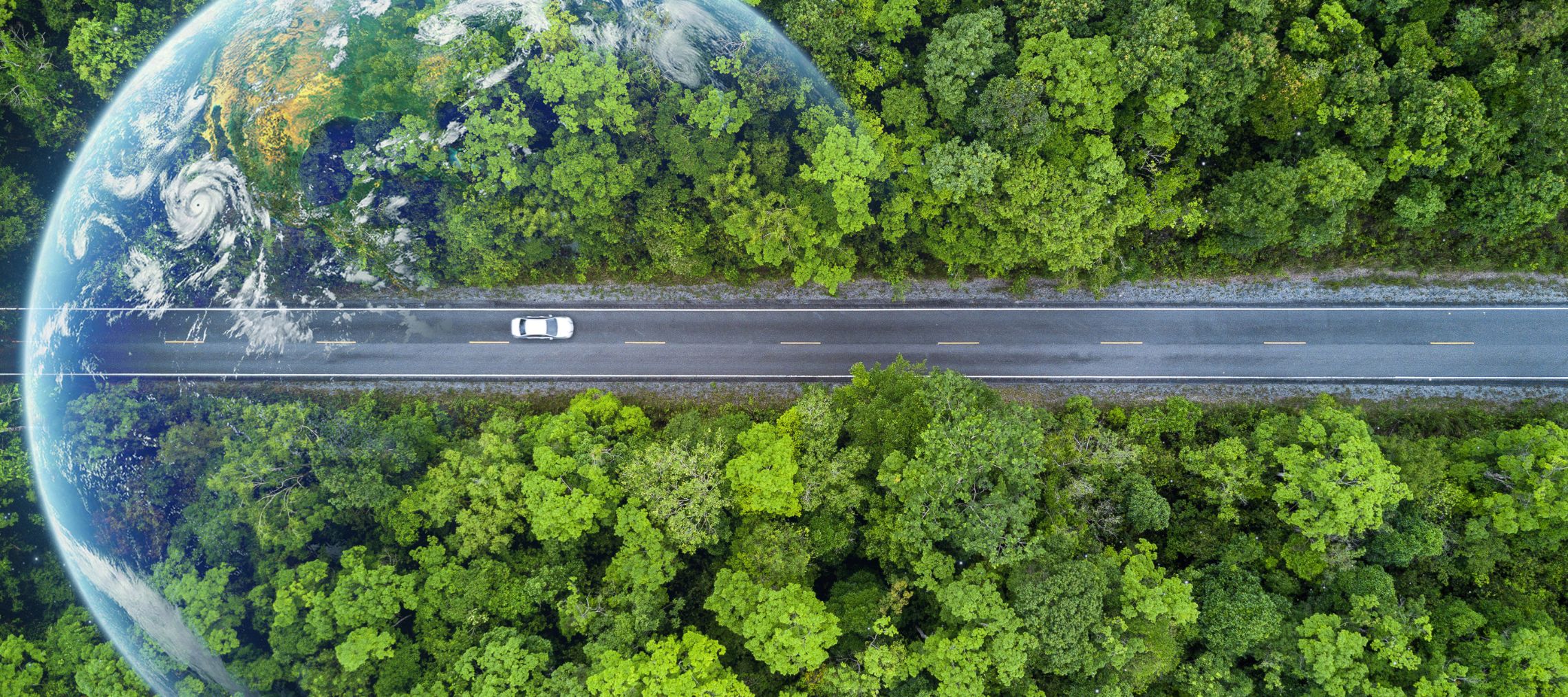Shifting towards renewable energy is key to addressing India's challenges of climate change and energy security, without compromising on developmental aspirations. CSTEP is working on the two paths of increasing the use of clean energy and reduction of energy wastage to achieve this objective. Our work involves finding clean (and cost-effective) energy solutions for industries, developing innovative models for solar energy generation, and collaborating with policymakers on implementation strategies for renewables.






Ujjain Saur Urja Mela
Ujjain Saur Urja Mela, a two-day rooftop solar awareness fair was organised by CSTEP in collaboration with the Madhya Pradesh Western Region Power Distribution Company (MPWZ) and the Madhya Pradesh Urja Vikas Nigam Limited (MPUVNL). The event aimed to boost awareness and adoption of the 'PM Surya Ghar: Muft Bijli Yojana' by bringing together consumers, vendors, banks, and DISCOMs. Visitors explored live demos of CSTEP’s Rooftop Solar Explorer tool and interacted with experts.
Distributed solar: The future of energy resilience in urban India
The urban population in India—the world’s most populous country—is expected to reach 675 million by 2035 as per the World Cities Report 2022 by UN-Habitat. As most commercial and industrial activities occur in urban areas and electricity is a major factor for development, this population increase will fuel a surge in electricity demand, leading to acute pressure on traditional energy grids and frequent blackouts.